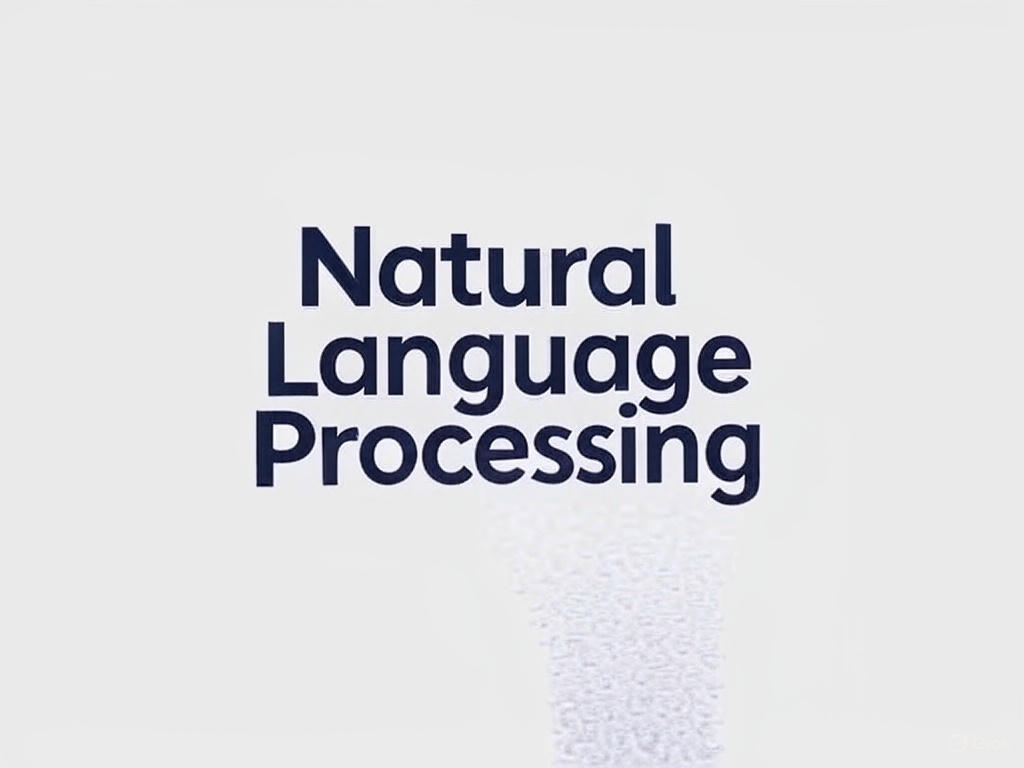
Natural Language Processing
Course Description
This course offers a comprehensive introduction to Natural Language Processing (NLP)—a key area of artificial intelligence focused on enabling machines to understand, interpret, and generate human language. Designed for learners from both technical and non-technical backgrounds, the course covers foundational NLP concepts, practical text processing techniques, and cutting-edge advancements such as transformers and large language models (LLMs).
Through hands-on exercises and real-world examples, participants will explore how NLP powers applications like sentiment analysis, chatbots, machine translation, and document summarization. Emphasis is placed on the latest tools, algorithms, and frameworks, with a focus on building practical skills that can be applied to business, research, or product development.
Whether you are a data analyst, developer, AI enthusiast, or business professional, this course will equip you with the knowledge and skills to confidently implement NLP solutions in various domains.
What You’ll Learn
- Grasp the Fundamentals of NLP
- Preprocess and Prepare Text Data
- Represent Text for Machine Learning Models
- Build and Evaluate Text Classification Models
- Apply Advanced NLP Techniques
- Explore Cutting-Edge NLP Tools and TrendsBuild Real-World NLP Solutions
Course Curriculum
-
Foundations of Natural Language Processing
-
Understanding NLP and its significance in the AI ecosystem
-
Real-world applications across sectors: healthcare, finance, customer service, and more
-
Key challenges in processing human language
-
Overview of essential tools, libraries, and frameworks (e.g., NLTK, SpaCy, Hugging Face Transformers)
-
The evolution of NLP: From rule-based systems to deep learning and large language models
-
-
Essential Text Preprocessing Techniques
-
Cleaning and normalizing raw text data
-
Tokenization and its role in language understanding
-
Part-of-Speech (POS) tagging for linguistic feature extraction
-
Named Entity Recognition (NER) for identifying people, places, and organizations
-
Removing stop words and irrelevant content for cleaner datasets
-
-
Techniques for Representing Text
-
Bag of Words (BoW) and its limitations
-
TF-IDF: Understanding term relevance within documents
-
Introduction to word embeddings: Word2Vec, GloVe, and FastText
-
Contextual embeddings with transformers (e.g., BERT, RoBERTa)
-
Topic modeling using algorithms like LDA for uncovering hidden themes
-
-
Building Text Classification Models
-
Introduction to supervised learning in NLP
-
Popular algorithms: Naive Bayes, Support Vector Machines (SVM), and Decision Trees
-
Feature engineering for textual data
-
Model evaluation using precision, recall, F1-score, and confusion matrix
-
Practical examples: Spam detection, sentiment analysis, and intent classification
-
-
Advanced NLP Methods and Applications
-
Sequence labeling tasks: Chunking, NER, POS tagging
-
Language modeling: From n-grams to transformer-based approaches
-
Neural Machine Translation (NMT) and multilingual NLP tools
-
Sentiment analysis with deep learning models
-
Text summarization: Extractive vs abstractive methods
-
Introduction to LLMs (e.g., GPT, T5) and their business applications
-
Basics of prompt engineering for task-specific language generation
-

Chronolearn
DeveloperI am a web developer with a vast array of knowledge in many different front end and back end languages, responsive frameworks, databases, and best code practices
| Title | From Date | To Date | Cost |
|---|---|---|---|
| No data found! | |||





